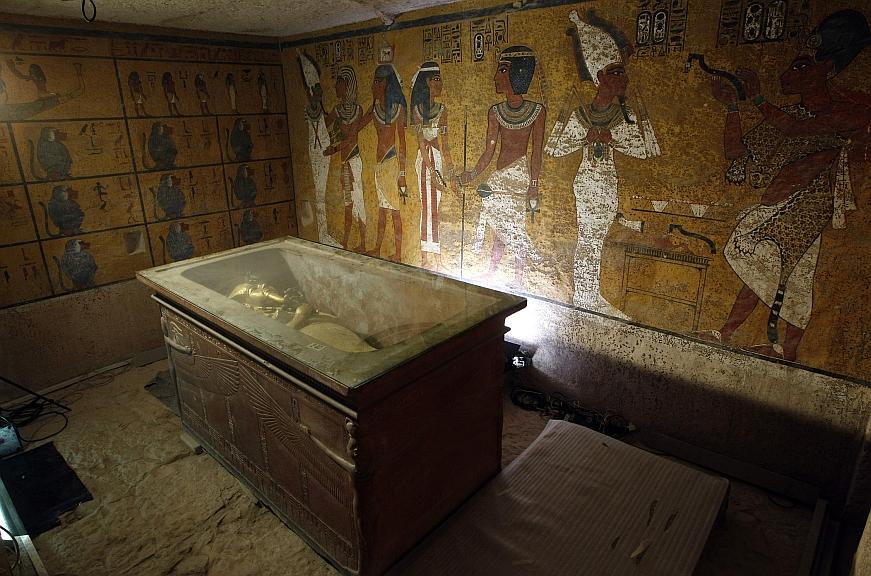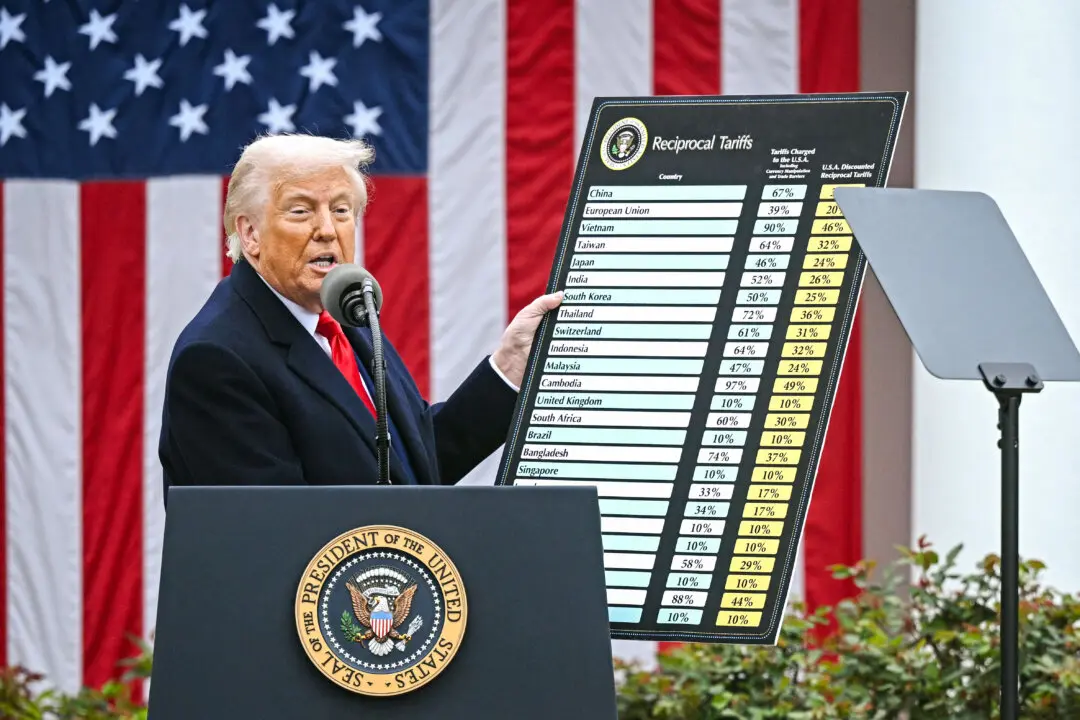The wife of Egyptian Pharaoh Tutankhamun, known as King Tut, has always been a mystery.
But a tomb that may have belonged to her was recently discovered in Egypt’s Valley of the Kings, archaeologists said.
Archaeologist Zahi Hawass told LiveScience that the tomb was discovered in the tomb of Pharaoh Ay, and now, Hawass’s team plans to excavate the area. “We are sure there is a tomb there, but we do not know for sure to whom it belongs,” Hawass told LiveScience.

The sarcophagus of King Tutankhamun, known as the "Child Pharaoh," remains empty in its burial chamber after the mummy was placed in a glass urn. Cris Bouroncle/AFP/GettyImages





